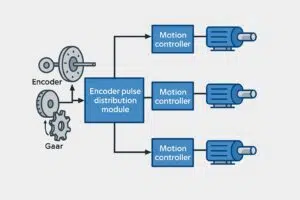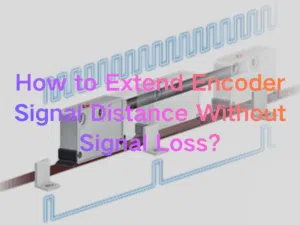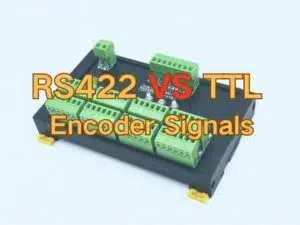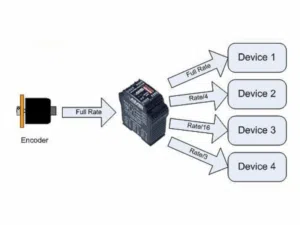In modern industrial automation, engineers and purchasing managers are always searching for reliable yet economical wiring solutions. Push-in terminal blocks are widely used in PLC cabinets, control panels, and power systems for their fast, secure, and tool-free wiring. However, the well-known Phoenix Contact series often comes with high costs and long delivery times. That’s why many global manufacturers now choose Phoenix-compatible push-in terminals from trusted OEM suppliers like AOSI — achieving identical quality at up to 30% lower cost.
Why Engineers Look for Phoenix Alternatives
Common reasons professionals seek Phoenix alternatives include:
- High price point of original Phoenix Contact terminals.
- Long lead times or supply chain delays impacting projects.
- Minimum order requirements that restrict flexibility.
- Need for fast tool-free wiring in high-volume panel builds.
- Desire to maintain compatibility with existing wiring schemes.
Choosing AOSI’s compatible terminals ensures the same performance while reducing procurement costs. For many distributors and integrators, this balance of cost efficiency and reliability directly improves project margins and delivery speed.
Looking for cost-saving push-in DIN rail connectors for automation? Browse our “Push-in Terminal Block Product Page” for more details.
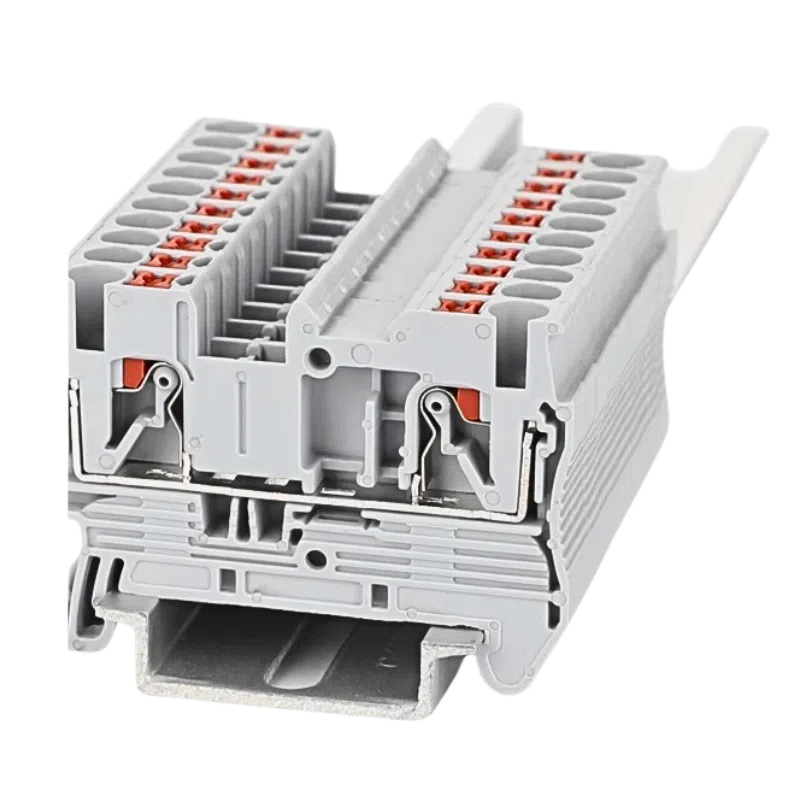
Push-in Terminal Block Product Page
- Push-in terminal blocks offer tool-free wiring, strong vibration resistance, and quick installation — ideal for automation, control panels, and power distribution systems.
Push-in Connection Technology Compatibility
AOSI terminals adopt the same push-in connection technology as Phoenix Contact — using a high-strength stainless-steel spring to clamp conductors securely without tools.
Key benefits include:
- Faster wiring with ferruled conductors
- Excellent vibration resistance
- Maintenance-free design
- Simple release mechanism with an orange button

This design ensures full compatibility with Phoenix accessories, jumpers, and labeling systems. For a deeper understanding of the connection mechanism, visit Push-in Connection Technology in Terminal Blocks.
Cross Reference Table (AOSI vs Phoenix Models)
| Phoenix Model | AOSI Equivalent | Rated Current | Pitch (mm) | Application |
| PT 1.5 | AOSI PT 1.5 | 17 A | 2.5 | Signal control wiring |
| PT 2.5 | AOSI PT 2.5 | 24 A | 3.5 | PLC and automation panels |
| PT 4 | AOSI PT 4 | 32 A | 4.2 | Medium-current circuits |
| PT 6 | AOSI PT 6 | 41 A | 6.2 | Power outputs and feeders |
| PT 10 | AOSI PT 10 | 57 A | 8.2 | Heavy load applications |
AOSI push-in terminals are designed for full interchangeability with Phoenix PT series. Both share the same DIN rail profile (EN 60715), dimensions, and contact materials.
OEM / ODM and Sample Support
Advantages of choosing AOSI alternative terminal blocks:
- Full OEM/ODM customization to match your brand and color needs.
- Free sample support for qualification and testing.
- Flexible batch pricing for small and large quantities.
- Fast technical response for special application requirements.
You can explore the full Push-in Terminal Block Series for datasheets and 3D CAD downloads.
FAQs of Phoenix-compatible Push-in Terminals
A1: Push-in terminal blocks are used for connecting electrical wires quickly and securely in control panels, PLC systems, and power distribution boards. They allow tool-free wiring of solid and ferruled conductors by simply pushing the wire into a spring clamp. This technology is widely adopted in industrial automation because it reduces wiring time by up to 70% compared with screw types.
A2: Both connection types meet IEC and UL safety standards, but push-in terminals are faster to install and require less maintenance. Phoenix’s own testing shows that push-in terminals maintain stable contact force even after vibration and thermal cycling. This makes them ideal for high-frequency control wiring and environments with minimal servicing intervals.
A3: Yes. Several professional manufacturers, including AOSI Electronics, produce Phoenix-compatible push-in terminal blocks that follow the same DIN rail standard (EN 60715) and electrical ratings. These equivalents can directly replace models like PT1.5, PT2.5, and PT4 while maintaining 800 V / 24 A ratings.
A4: Yes. As long as the terminal block meets the same rated current (24 A), voltage (800 V), and pitch (3.5 mm), it can safely replace Phoenix PT 2.5. For example, AOSI PT 2.5 offers identical mechanical dimensions and accepts the same jumpers, end plates, and DIN rails. Engineers often use these equivalents in retrofits or cost-optimized control panels.
A5: Push-in technology provides consistent, gas-tight connections with minimal contact resistance. It withstands vibration and thermal expansion without loosening, unlike screw-type terminals. This reduces inspection frequency, making it the preferred choice for PLC, DCS, and automation control cabinets.
A6: Jumpers, end plates, and labeling strips are fully compatible with Phoenix PT accessories.
Conclusion
Choosing Phoenix-compatible push-in terminal blocks allows engineers to achieve the same level of electrical reliability at a fraction of the cost. By following international standards (UL1059, IEC60947) and maintaining dimensional interchangeability, AOSI Electronics provides a practical alternative for Phoenix PT series users.
With proven spring technology, global certifications, and OEM customization, AOSI offers a dependable solution for every control panel builder seeking efficiency, cost savings, and trusted quality.


